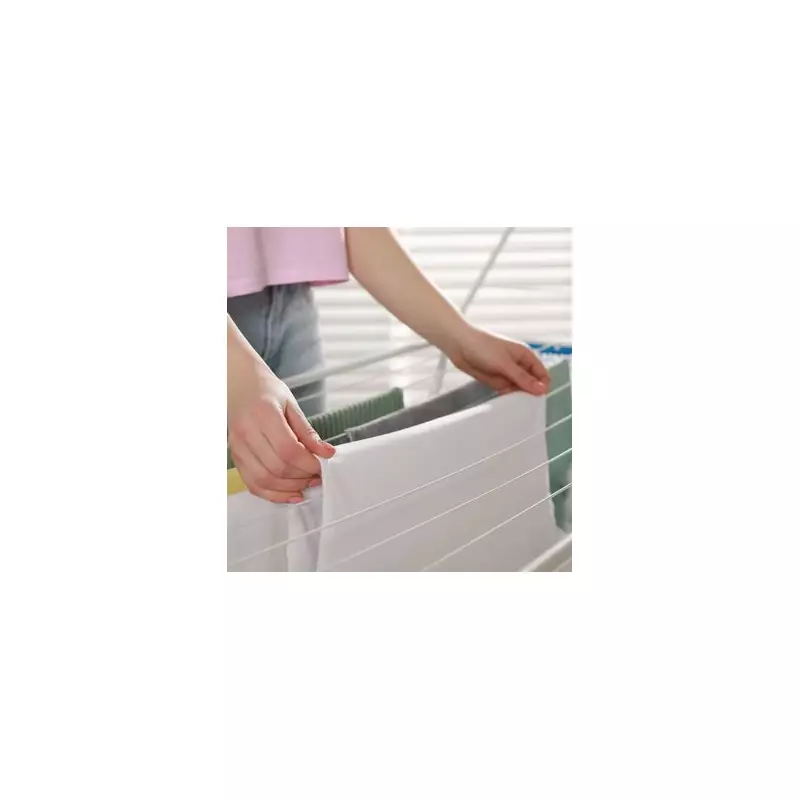
As winter tightens its grip and temperatures plummet across Britain, many households are turning to heated airers and indoor drying methods to tackle their laundry. However, experts are warning that this common practice could be putting your family's health at serious risk.
The Invisible Danger in Your Home
When you dry clothes indoors, you're releasing approximately two litres of moisture into your home's atmosphere with every load of washing. This excess humidity creates the perfect breeding ground for mould spores and dust mites, both known triggers for asthma attacks and allergic reactions.
"Many people are completely unaware of the health hazards associated with drying clothes indoors," explains a leading indoor air quality specialist. "The increased moisture levels can exacerbate respiratory conditions and create long-term problems in your property."
Who's Most at Risk?
Certain groups are particularly vulnerable to the effects of indoor drying:
- Asthma sufferers: Damp conditions can trigger severe attacks
- Elderly residents: Weakened immune systems make them more susceptible
- Young children: Developing lungs are especially sensitive to mould spores
- People with weakened immune systems: Higher risk of fungal infections
Safer Alternatives for Winter Laundry
Fortunately, there are several ways to dry your clothes safely during the colder months:
- Use a condenser tumble dryer: These machines contain moisture rather than releasing it into your home
- Create a well-ventilated drying space: If you must dry indoors, use a small room with windows open and doors closed
- Invest in a dehumidifier: This can help control moisture levels while drying clothes
- Utilise outdoor opportunities: Even in winter, brief outdoor drying can help reduce moisture content
- Time your washing: Do larger loads when you can use outdoor drying or proper ventilation
Protecting Your Home and Health
The risks extend beyond personal health to your property itself. Persistent dampness can lead to structural damage, peeling wallpaper, and that distinctive musty smell that's difficult to eliminate.
"Prevention is always better than cure," advises a building surveyor. "Once mould takes hold in your home, it can be expensive and challenging to remove completely."
By making small changes to your laundry routine this winter, you can protect both your family's health and your home from the hidden dangers of indoor drying.





